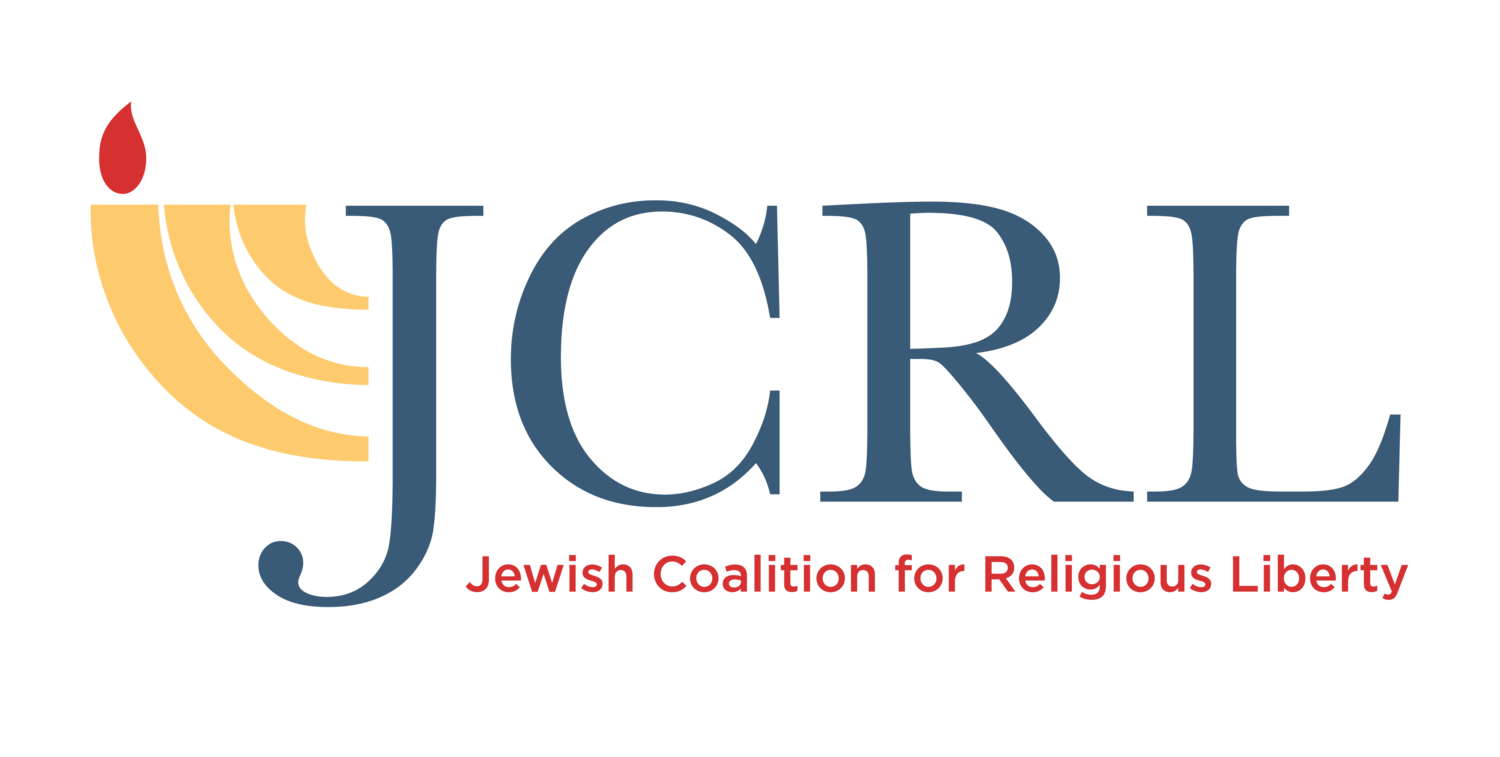Freedom From Religion Foundation v. Lehigh County
In this case, a group of atheists challenged the seal and flag of Lehigh County, Pennsylvania. The plaintiffs argue that the Latin cross which is present on both symbols is meant to represent and therefore endorses Christianity in violation of the Establishment Clause.
In 1944, the Lehigh County, for the first time, adopted a county seal containing several symbols to represent the history of the couty. The seal was designed by one of the county commissioners who, several years later, explained the meaning of these symbols in a County’s Historical Society Publication. Thus, the red heart on the seal was meant to represent the City of Allentown which is the seat of the County, whereas ” the two books and the lamp of learning represent the education system, the red buntings represent clothing manufacturing industries, the bison represents hoof animals that the County Preserve protects, the cement silos represent the cement industry, the other buildings represent diversified industries, and the agricultural symbolism represents the agricultural industry.” The “huge cross in canary-yellow,” according to the seal’s designer, represented ” “Christianity and the God-fearing people which are the foundation and backbone of the County.” There was no evidence that the County Commission ever discussed or endorsed these views either at the time the seal was adopted or at any point thereafter. The seal and the flag (which carries the County seal) have remained unchanged to the present day.
The plaintiffs alleged that given the views expressed by the seal’s designer, the seal serves as an endorsement of Christianity in violation of the plaintiff’s First Amendment rights. The U.S. District Court for the Eastern District of Pennsylvania reluctantly agreed. Although the Court lamented the current state of the Establishment Clause jurisprudence and noting that “[b]y including a Latin cross on the Seal, the County has chosen to celebrate the Christian values important throughout its history. The County has not, however, legally compelled its citizens to practice and conform to Christianity, infringed on freedom of conscience, or created political conflict between the Christian Church and other religious sects.” According to the Court, ” [i]f the drafters’ intent and the plain text of the Establishment Clause had alone guided the evolution of modern First Amendment jurisprudence and shaped the law applicable to this case, its resolution would be cut-and-dry,” and it would be a matter of “common sense” that the County deserves to win. However, because the Court felt constrained by the Third Circuit and the Supreme Court’s precedent, it held that the County’s symbols run afoul of the Establishment Clause.
This case touches on an issue of importance to the Jewish community because taken to its logical conclusion it would mean that no religious symbols could be displayed, acknowledged, or promoted by the government. Contrary to the convention wisdom such an approach hurts, rather than protects minority religions. Whether or not the cross remains on the County’s seal, Christianity’s symbolism will remain ubiquitous. From Christmas and Easter to the news coverage of the Pope’s views and pronouncements on a variety of hot button issues, Christianity will remain front and center of American public life. Unless they are able to freely use the public space to showcase their own rituals and moral stances, Judaism and other minority religions may become invisible to a large number of Americans. And ignorance often follows invisibility, and it turn leads to resentment or worse. For this reason, it is important to the Jewish community to protect the government’s ability to recognize and honor, should it so choose, the religious roots and foundations of this country.
In defense of these propositions, the JCRL filed an amicus brief with the US Court of Appeals for the Third Circuit urging reversal of the judgment below and the clarification of the governing law. In its brief, JCRL marshaled evidence of pervasive religious influence on the founding of the United States, which presently manifests itself in everything from the names of cities and counties to the symbols on flags and seals. We are presently awaiting a decision from the Third Circuit.
The full brief is available for download here.
